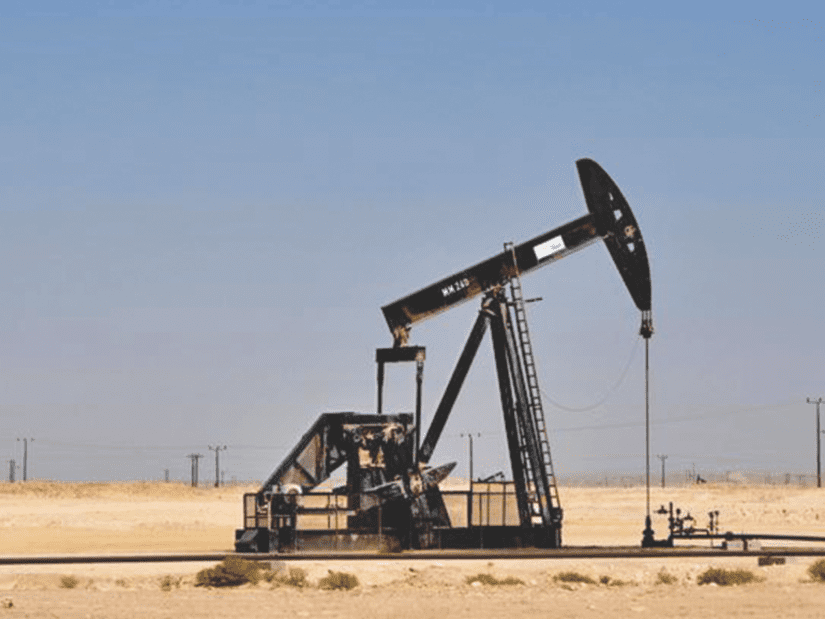The Swedish company Maha Energy announced the signing of a joint operating agreement for Block 70 – which includes the Mafraq oil field – in the Sultanate of Oman, more than a month after the Omani authorities approved the deal.
Maha Energy – through its wholly owned subsidiary Maha Energy Oman – concluded the agreement with the Omani Mafraq Energy Company on January 28, 2023, according to a press release seen by the specialized energy platform.
The signing of the joint operating agreement represents the fulfillment of all previous conditions required to complete the assignment of Maha’s 35% business stake to Junction Energy, as stipulated in the relevant agreement signed by the two parties in August 2022.
Maha Energy now owns a 65% stake and is the operator of Block 70, which covers an area of 639 square kilometers in the middle of the highly productive Ghabab Basin.
joint operating agreement
Maha Energy decided to reduce its operating stake in Block 70 in the Sultanate of Oman, by bringing in an Omani strategic partner, according to a press release it issued.
In August 2022, it entered into an agreement with Mafraq Energy to reduce the share of participation in the exploration and production sharing agreement for Block 70 from 100% to 65%.
And the company announced, last December, that the authorities in the Sultanate of Oman had approved the deal it concluded with the Omani Mafraq Energy Company in Block 70.
The agreements require that Mafraq Energy reimburse Maha for her pro-rata share of all foregoing costs, including the signature grant required by the relevant agreement with the government.
Mafraq Energy will also be required to pay its share of all future expenses in Block 70, according to information monitored by the specialized energy platform.
Junction field production test
Maha Energy CEO Paulo Mendonca expressed his pride in signing the agreement, adding that Maha is moving ahead to start testing aimed at the rapid production of Block 70, and indicated that his company has a local partner, Mafraq Energy, with a qualified and experienced Omani team; This provides knowledge of the local market for future operations.
For his part, Talal Al-Subhi, Director of Mafraq Energy Company, said: “Mafraq Energy Company is honored to play its role in achieving Vision 2040 as set by His Majesty Sultan Haitham bin Tariq Al Said. This partnership is a true embodiment of enhancing the In-Country Value content in Block 70.”
He stressed that “the focus is now on collaborating to start the production test phase, and proving field production is a key aspect of declaring the ability to make a profit, and we look forward to realizing this value in Oman.”
Junction field reserves
Maha Energy succeeded in securing Block 70 – which contains the Mafraq field – with a government bidding tour in the Sultanate of Oman during the years 2019-2020.
It is noteworthy that the junction of a heavy oil field was tested on a large scale by PDO in 1988 and 1991, according to what was reported by “Maha Energy” in a statement seen by the specialized energy platform.
It is not known why PDO did not develop the field at that time, but it is likely that oil prices at the time (US$18-20 per barrel) and access to other low cost opportunities precluded the use of Mafraq as a development option at the time.
According to Canadian reserves audit firm Chapman Petroleum Engineering, the Mafraq field could contain approximately 35 million barrels of recoverable oil.
The following graph – prepared by the specialized energy platform – shows the proven oil reserves in the Sultanate of Oman from 1980 to 2021:
Junction field development plan
Maha Energy has plans to develop the Mafraq field, which includes drilling 6 wells to obtain important information about the reservoirs; To help draw up a complete development plan for the field.
The Swedish company stated that the first phase of its plan includes drilling 4 horizontal wells to test production, followed by the second phase by drilling two wells to measure the extent of water contact with oil in the structure and determine the direction of inclination.
In September 2022, the Swedish company began drilling the first well in the Mafraq field, 5 weeks ahead of schedule.
It also announced – in early November – that drilling two exploratory wells in the field had revealed positive results and strong oil signals.
related topics..
Also read..

Leave a Reply